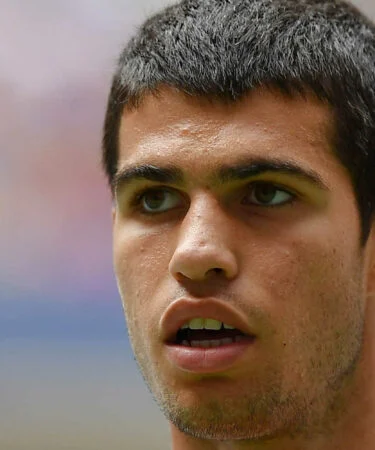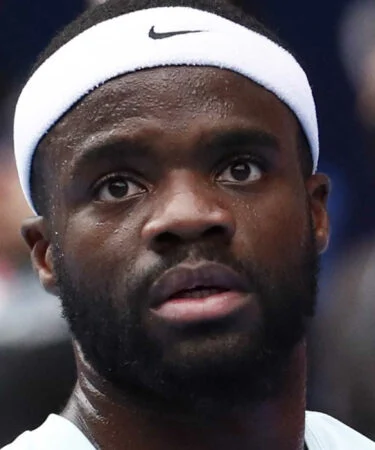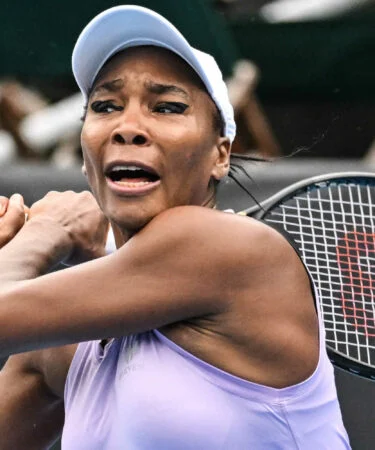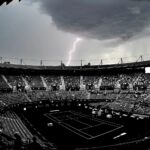Venus Williams is right: Time for US Open to end late, late finishes – for everyone’s good
After the record late finish of 2.50am between Carlos Alcaraz and Jannik Sinner, it’s clear that playing two matches in a night session is one too many
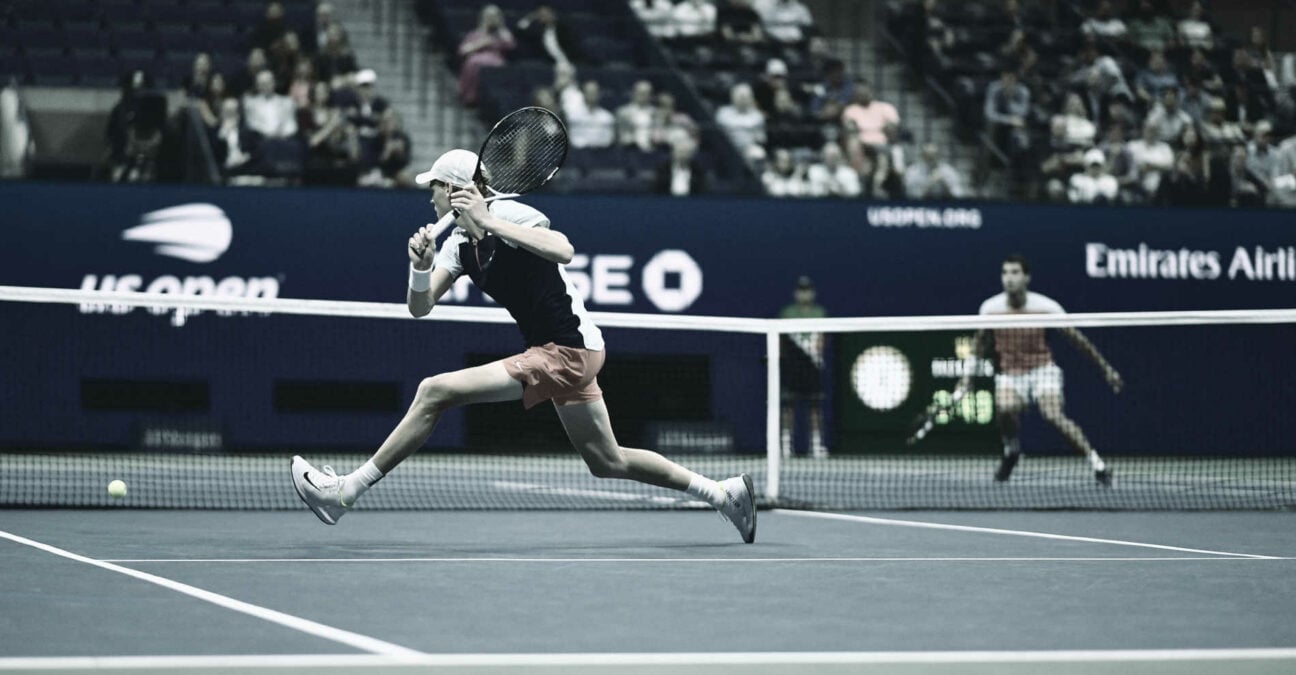 Jannik Sinner and Carlos Alcaraz, US Open 2022 | © Antoine Couvercelle / Panoramic
Jannik Sinner and Carlos Alcaraz, US Open 2022 | © Antoine Couvercelle / Panoramic
After what may well turn out to have been her last ever match at the US Open last week, Venus Williams was asked what one single thing she would change in tennis to improve the sport. Her answer was quick.
“If I could change one thing it would be no second night match,” the two-time former champion said. “It’s a little brutal. A lot of brutal.”
Anyone who witnessed the match between Carlos Alcaraz and Jannik Sinner on Wednesday night will doubtless agree, even if some of those in Arthur Ashe Stadium will also have been thrilled at what they had seen.

Alcaraz’s quarter-final win over Sinner was completed at 2.50am on Thursday morning, having lasted five hours, 15 minutes, an enthralling battle and one we’re likely to see many times in Grand Slams in the future.
The problem for Alcaraz, now, will be recovering in time to face Frances Tiafoe in the semi-finals on Friday, something that will be far from easy, even for a 19-year-old with seemingly bountiful energy.
Late finishes hurt everyone, from players to fans
Amid all the jubilation at the standard of play between Alcaraz and Sinner – and it was sensational – there was also plenty of criticism of a match going so late into the night, with all the ramifications that entails.
For a start, it will affect Alcaraz, who has to recover as best he can. He will probably not have got to bed before 6am – for a second round in a row – and regardless of age, that’s not an easy adjustment to make, especially toward the end of the season, at the back end of a Grand Slam.
And even if he does recover well, it’s unfair on Alcaraz compared to Frances Tiafoe, who finished his match around 4.30pm New York time, more than 10 hours earlier than the Spaniard.
The fans who stayed to the end doubtless enjoyed it, but how did they get home at 3am? Supposing they live or are staying in Manhattan, that’s at least a 30-minute drive, with no traffic (with traffic it can be absolutely anything!), from where the tennis is, at Flushing Meadows. Those who used public transport would have to make their way home by train, which would have taken longer. And for those who don’t live in Manhattan, they would have to drive home and get to sleep at some time later on what was a weekday night. Will they all be at work on Thursday?
Television want a show – but not an overly long one
Scheduling is never easy, at any event. There are numerous interests to take into account, from those of the player to ensuring the tournament is as fair as possible to each side of the draw. What tends to win out, and this is especially true in the United States, is the wishes of television, who have paid millions of dollars for the right to show the event.
The US Open is not alone, of course. The Australian Open also routinely schedules two night matches on the Rod Laver Arena, and in 2008, the Lleyton Hewitt-Marcos Baghdatis third-round match finished at 4.34am. Hewitt was exhausted afterwards and had nothing left against a young Novak Djokovic (who went on to win his first slam title) in the first round.
Television want a guaranteed show – that’s why the “biggest” matches are put in prime time. But they also don’t want the show to go on forever. The viewing figures for the Alcaraz-Sinner match, once it drifted past midnight, will be fascinating to see. It would be a big surprise if they’re good.
Staff at the US Open have to stay extra late, perhaps at extra cost, and both they and media have to stay well into the early hours and are usually expected to make a quick turnaround to be back on site next morning and be on top of their game. It’s far from ideal.
“Had Swiatek-Pegula gone to three sets, and closer to three hours, Alcaraz and Sinner might not have finished before 4am.”
Two matches at night is asking for trouble
Tennis is the only sport that routinely lets its players begin matches late at night and finish in the early hours of the morning. It doesn’t happen in American football, baseball, basketball or ice hockey; nor does it happen in Europe in football, cricket, athletics, anything. The odd snooker match might go late, but it’s a very unusual occurrence.
The most frustrating thing is that it’s an easy fix.
As Venus Williams said, scheduling two night matches, with the first one starting at 7pm, is asking for trouble. On Wednesday, in some ways, the USTA got lucky; the Iga Swiatek-Jessica Pegula match didn’t go past two hours. Had it gone to three sets, and closer to three hours, Alcaraz and Sinner might not have finished before 4am.
The US Open may say it wants to offer value for money, that one match is not enough. But they need to think of the health of the players and of everyone concerned.
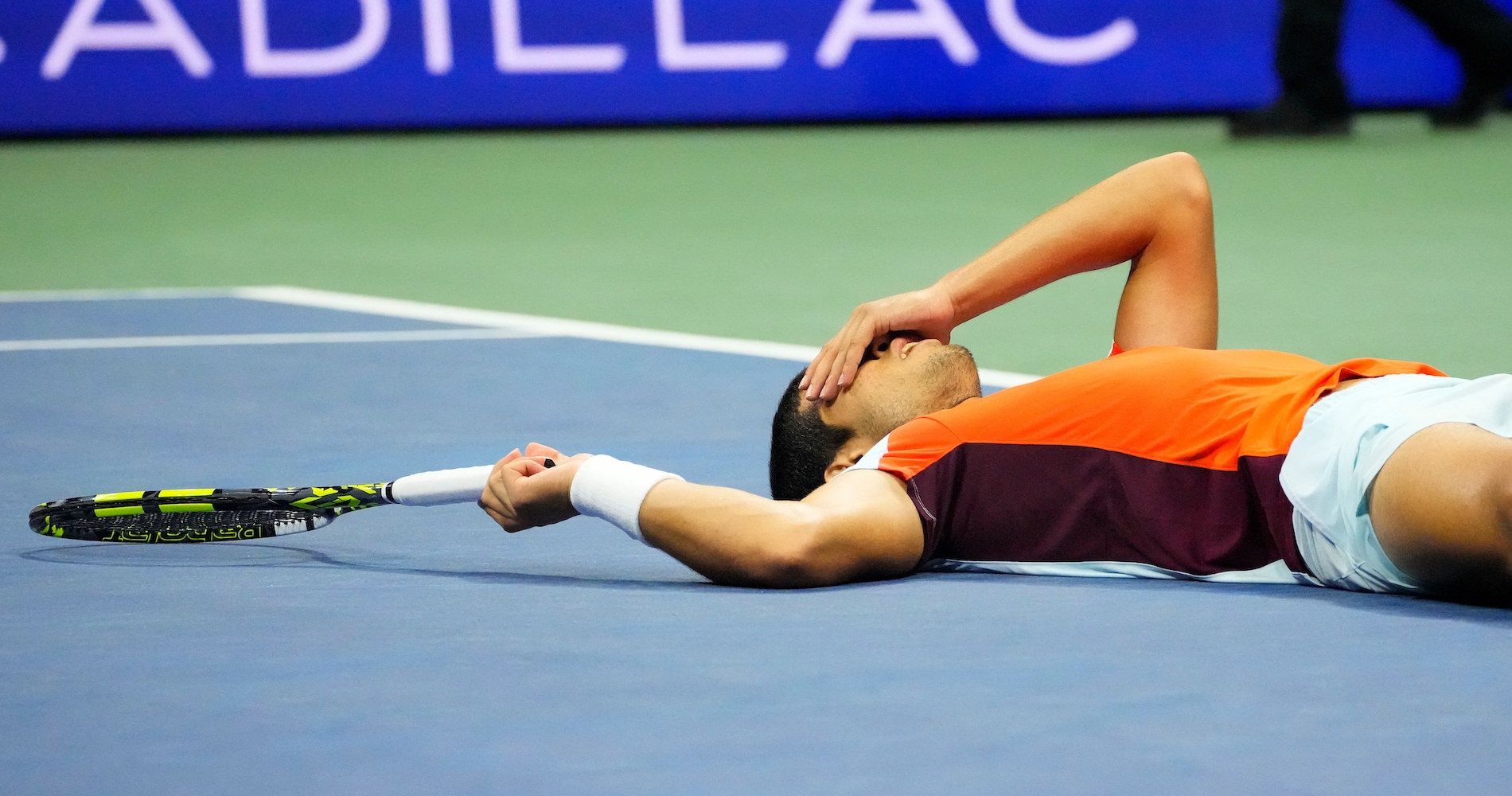
The US Open will change, if criticism continues
Tennis tournaments and authorities are notoriously slow to change. It took until 2007 for Wimbledon to finally offer equal prize money to all men and women in the singles draws.
But in the end, they do change things. For years, the US Open insisted it didn’t need a roof over Arthur Ashe Stadium, that it was too costly. Five straight third Monday finals changed the narrative and helped by new technology, it became possible and a roof was installed in 2016. Now there’s one on Louis Armstrong too.
And then there’s the schedule itself. From 1984, the men’s semi-finals were sandwiched around the women’s final on what was called “Super Saturday”, a situation which led to numerous late finishes, with the winner of the second men’s semi expected to come back the next day for the final having had way less preparation than the other semi-final winner.
That finally changed in 2015, when they moved in line with the other Grand Slams (in 2013 and 2014 the semis were scheduled for Saturday and the final on Monday. The start to the tournament, with the first round played over three days, has also reverted to a normal two-day format.
When the players finally complained loudly enough, things changed.
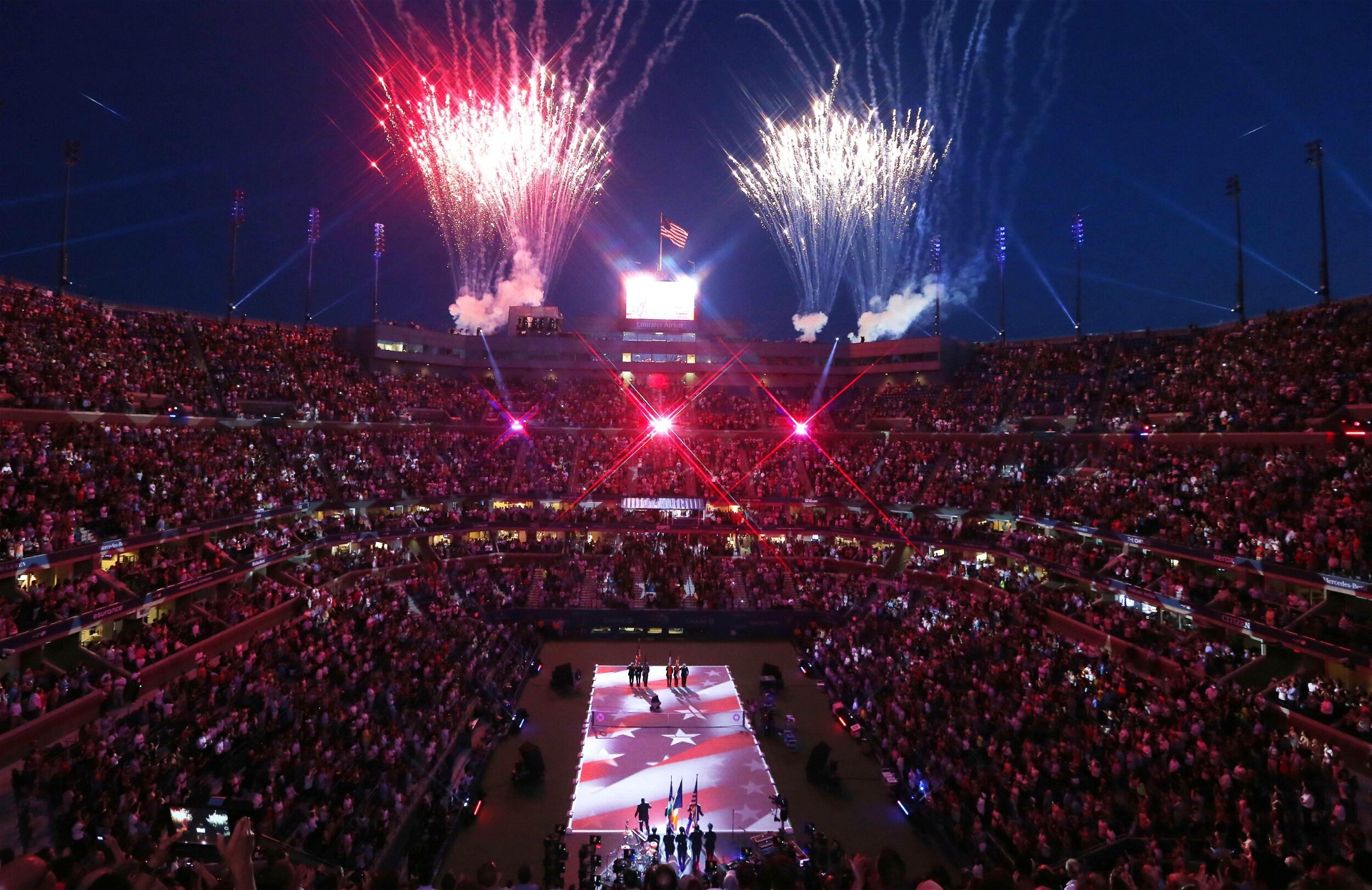
Playing late into the night is not something to celebrate
For a long time, tournaments were also guilty of celebrating those matches that went late into the night, highlighting record late finishes as if they were something to be proud of.
Playing matches well into the night is no good for anyone; for players, fans, television, media, officials and staff. It’s time for change. One match at night is enough. Let’s hope it happens soon.
Note: Tennis Majors has asked the USTA if it plans to change night sessions. We are awaiting a response.






